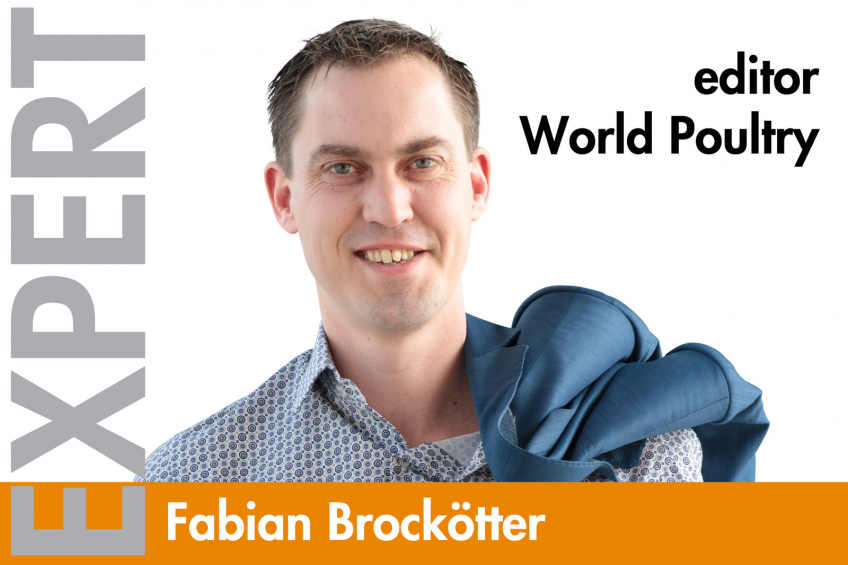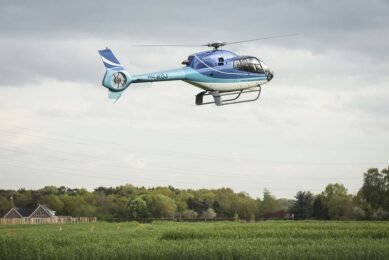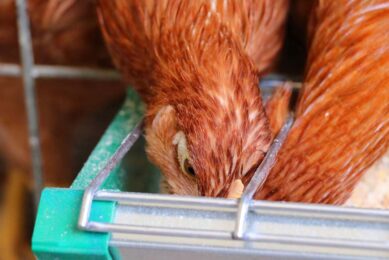Welfare – at what cost?

A few weeks ago I had the honour of being the chairman of a poultry conference in the Netherlands. The main topic was the future of the poultry industry in well developed countries. It is clear that when consumers have distanced themselves from agricultural society and live in a wealthy country where food security hasn’t been an issue for decades, animal welfare demands soar. Ensuring animal welfare in itself isn’t a bad thing of course, the question is at what price?
A poultry farmer once told me that he would produce any chicken, slow growing, with access to the outdoors, fed with GMO-free feed and grown without the use of antibiotics. If that is the demand of the consumer and the farmer can make a business case on that, one should take the opportunity. This market demand, which really exists and is actively promoted by animal welfare organisations, has a flip side. Slower growing chicken and/or free range layers use up more energy to reach the production parameters set by their more efficient counterparts in conventional housing systems and thus need more feed.
Making good money by improving animal welfare and tapping into wealthy consumer demands is an opportunity. However, the paradox is that less efficient production has strong negative effects. On a worldwide scale the poultry sector needs every point of (feed-)efficiency to meet the growing demand for food. For the sake of reducing malnutrition or even preventing famine one should at least know the consequences of the balance between extra animal welfare and efficiency losses.
Join 31,000+ subscribers
Subscribe to our newsletter to stay updated about all the need-to-know content in the poultry sector, three times a week. Beheer
Beheer








 WP Admin
WP Admin  Bewerk bericht
Bewerk bericht